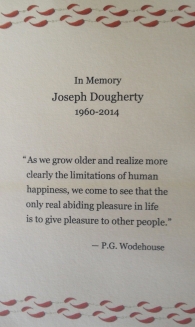Mothers tell your daughters
From 2011 to December 2015, five women fought the Japanese Government all the way to the country’s Supreme Court. They were seeking to change a law that compels couples to adopt the same surname in order to legally register their marriage. Although the law does not specify whose name it should be, in practice, 96% of couples take the husband’s name, and the women argued that this made the law unconstitutional, because it violated their basic civil rights.
“By losing your surname … you’re being made light of, you’re not respected … It’s as if part of your self vanishes,” said one of the plaintiffs, Kaori Oguni.
Conservatives were unimpressed. Defending the law, which was passed in 1896, constitutional scholar Masaomi Takanori, argued that, “Names are the best way to bind families,” and that “Allowing different surnames risks destroying social stability, the maintenance of public order and the basis for social welfare.”
When I planned my three part series on names, I hadn’t heard about this case. My earlier posts described the legal regulation of names in the West, and the way it has undermined traditional naming practices, distorting the name grammars of many of the world’s languages in the process. These changes have influenced the perception of people’s names, made them harder to process and to remember, and as I showed in my last post, they have not affected all parts of society equally. African-Americans in particular are disadvantaged by the American name system.
On examination, it turns out that there have been winners and losers in the name game. And that is why, when I read about this case, and its result, I realized that I had to add an extra post.



